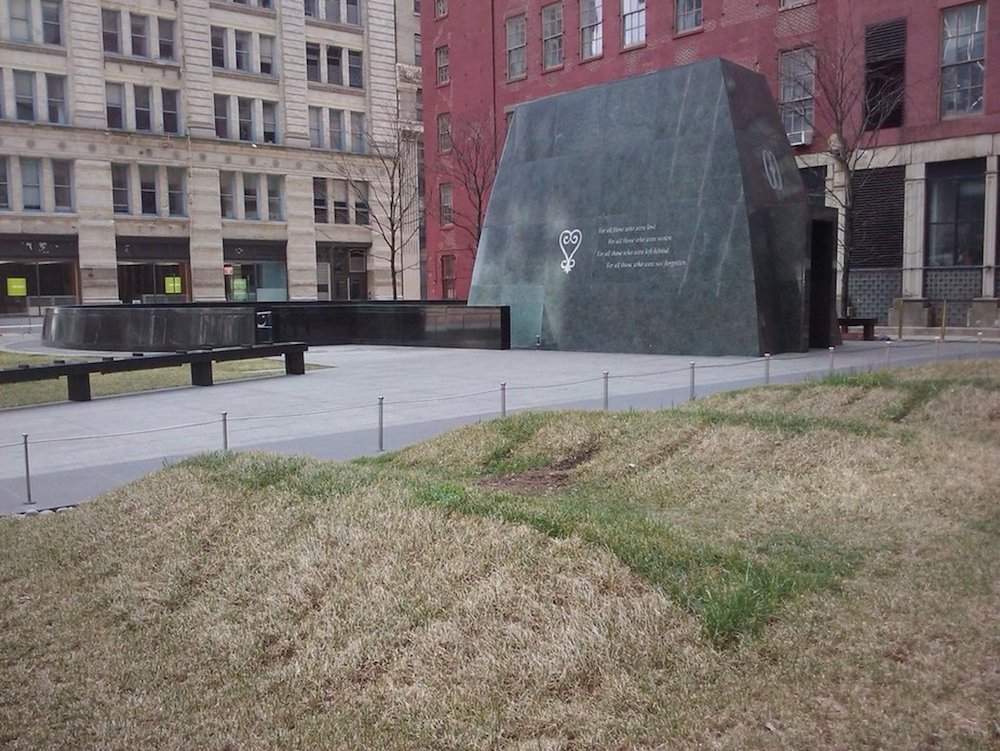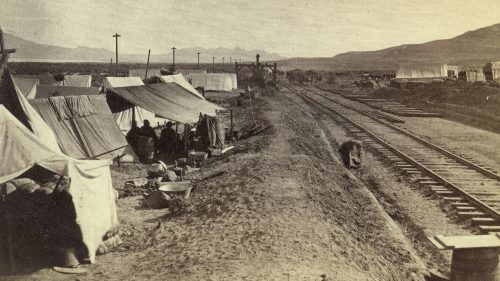Public Archaeology
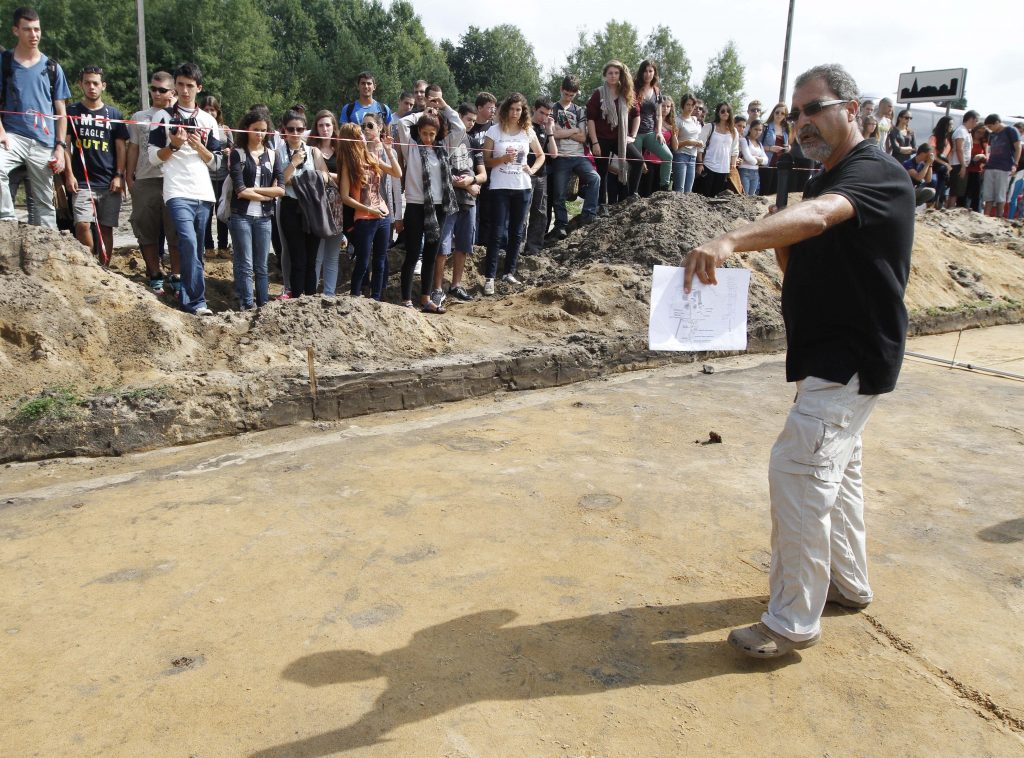
Archaeology as a discipline has much to offer the world outside of academia. In this unit, students will learn about how archaeologists bring their work to the public and how professional archaeologists use their training to make an impact on society through alternative career paths.

O que está por trás da evolução dos retratos de Neandertal
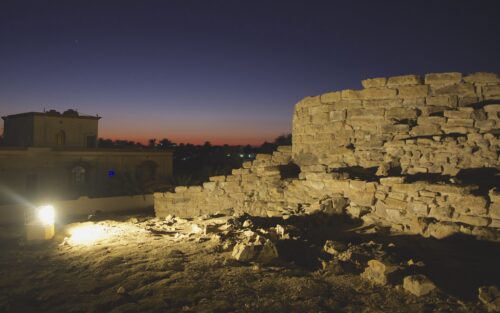
Solucionando o quebra-cabeça das torres antigas de Omã
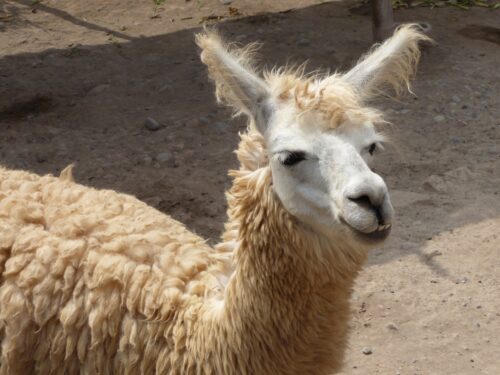
Escavar passados culinários – com a ajuda do cocô de lhama
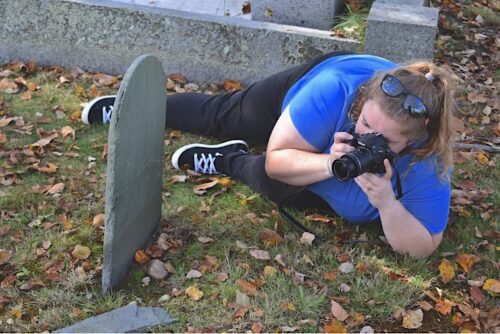
A digitalização de lápides pode salvar a história?

Enfrentando a impossibilidade – e a necessidade – de contar os idiomas do mundo

O que está por trás da evolução dos retratos de Neandertal
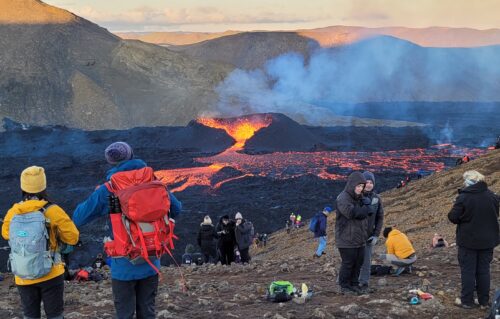
Morte lenta por vulcão

In Iron Age Britain, Descent Was Matrilineal

Archived Haints
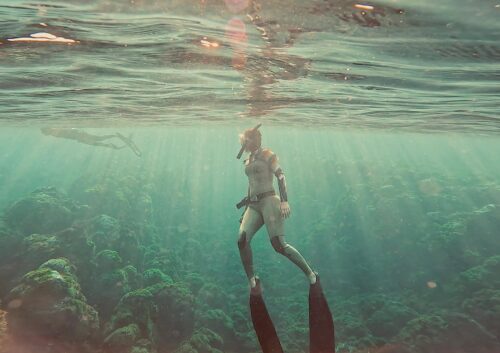
A Freediver Finds Belonging Without Breath
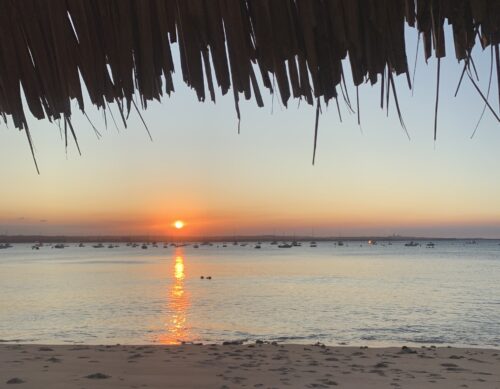
Bila Mwili
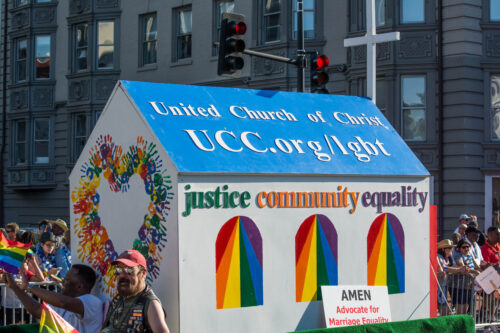
Being LGBTQ+ in U.S. Protestant Churches
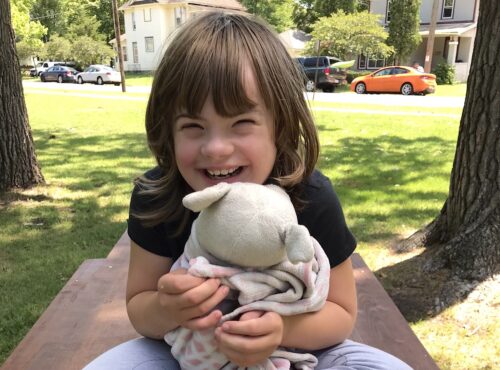
Raising My Children in an Ableist World
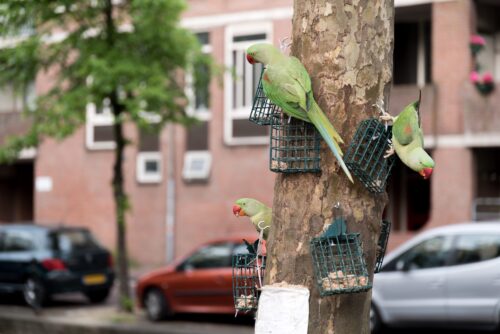
Living With Parakeets and Other Migrants

How and When Did Humans First Move Into the Pacific?

Being a “Good Man” in a Time of Climate Catastrophe
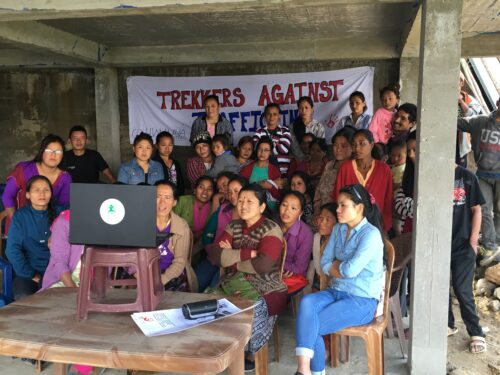
The Trauma Mantras
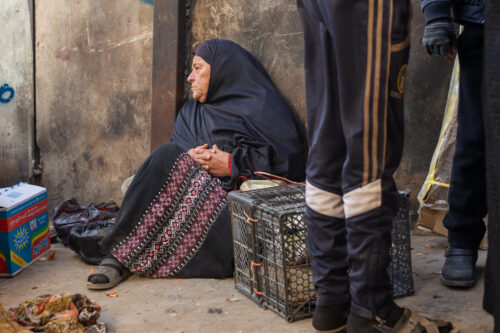
Living as Stateless Palestinians in Jordan
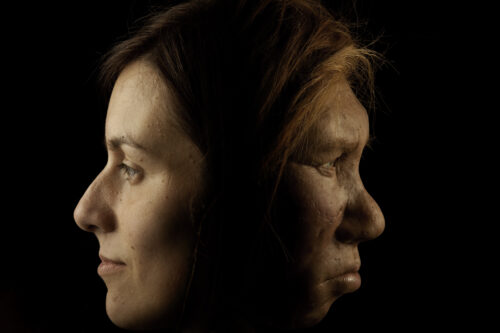
Excavating the Coexistence of Neanderthals and Modern Humans
- Archaeologists inside and outside of academia have the skills to contribute to a wide range of projects and causes.
- Public archaeology is about finding meaningful ways to address issues of interest to the broader public by making use of a skillset that is honed through archaeological training and study.
- Professional archaeologists work for a number of different organizations: for example, museums, regional and national park services, cultural heritage departments, world heritage institutions, environmental associations, community outreach programs, and Indigenous services.
-
Ross, Anne, Jonathan Prangnell, and Brian Coghill. 2010. “Archaeology, Cultural Landscapes, and Indigenous Knowledge in Australian Cultural Heritage Management Legislation and Practice.” Heritage Management 3 (1): 73–96.
-
Williamson, Ronald. 2011. “Planning for Ontario’s Archaeological Past: Accomplishments and Continuing Challenges.” Revista de Arqueología Americana (Journal of American Archaeology) 28: 7–45.
- What can archaeology offer the public?
- How can archaeological discussions about ethics be an asset in sectors like cultural heritage management, among other examples?
- Why is public outreach important for archaeologists?
- Where else can archaeologists work aside from inside academia?
- What do the SAPIENS articles by Veronica Petersen (2019) and Virginia Gewin (2020) show us about the merits of connecting and participating in exchanges with communities affected by archaeological work?
- Have the students reflect on (either through written work or in class discussions) their encounters with archaeology—at tourist sites, in movies and on TV, or in their backyards. What were those encounters like? In what ways were they positive or negative—and why?
-
Article: The Washington Post’s “How the Discovery of an African Burial Ground in New York City Changed the Field of Genetics”
-
Website: National Park Service’s African Burial Ground
-
Website: Society for American Archaeology’s What Is Public Archaeology
Eshe Lewis (2020)
Black Archaeologies
